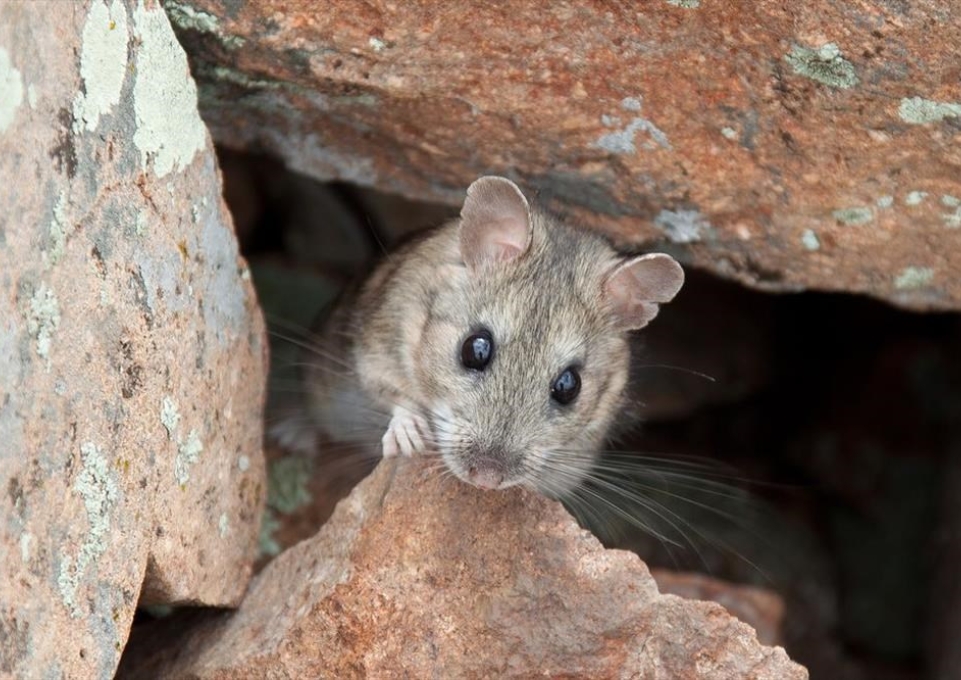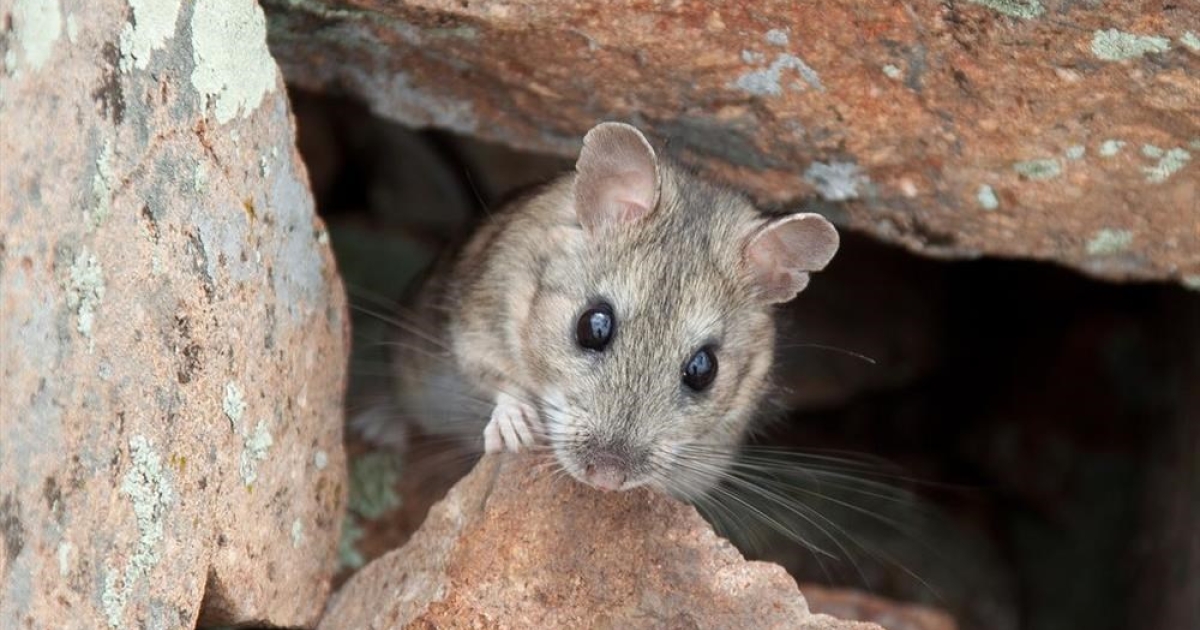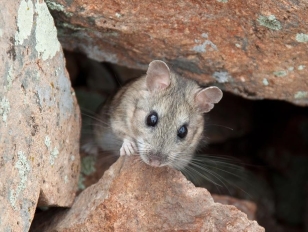
Buffalo State College’s Camille A. Holmgren, chair and professor of geography and planning, was interviewed recently by Smithsonian magazine, a publication that looks at what’s studied, researched, and exhibited by the Smithsonian Institution.
The piece, “From Ancient Seeds to Scraps of Clothing, Rats’ Nests Are Full of Treasures,” written by Sadie Witkowski, examines the material gathered and preserved in a pack rat’s nest.
In the article, Holmgren speaks about the role rat urine plays in preserving pack rat nests, also called middens.
“They have very highly concentrated urine, and once it crystallizes, it’s rock hard,” she said in the piece. “In order to collect middens, we often need a rock hammer and a big flooring chisel to hammer away at these things because they’re often cemented to the rocks.”
“Holmgren’s research on vegetation and climate change involves collecting amberat, the ancient pee-hardened middens of pack rats,” according to the piece. The nests have to soak for at least a week in order to break down the urine and permit access to the nest’s contents.
The contents, some of which have been found to be 50,000 years old through carbon dating, include leaves, seeds, and twigs.
Holmgren identifies plant species preserved in the nests and compares them with modern-day plants in order to understand how the flora has changed over thousands of years. That process allows Holmgren to study localized climate change.
The nests aren’t just homes to ancient plants. As the piece points out, they can also contain items humans used hundreds of years ago—such as buttons, marbles, or scraps of paper—and in one case, shed new light on the lives of enslaved workers in the southeastern United States
Photo courtesy of the National Park Service.



